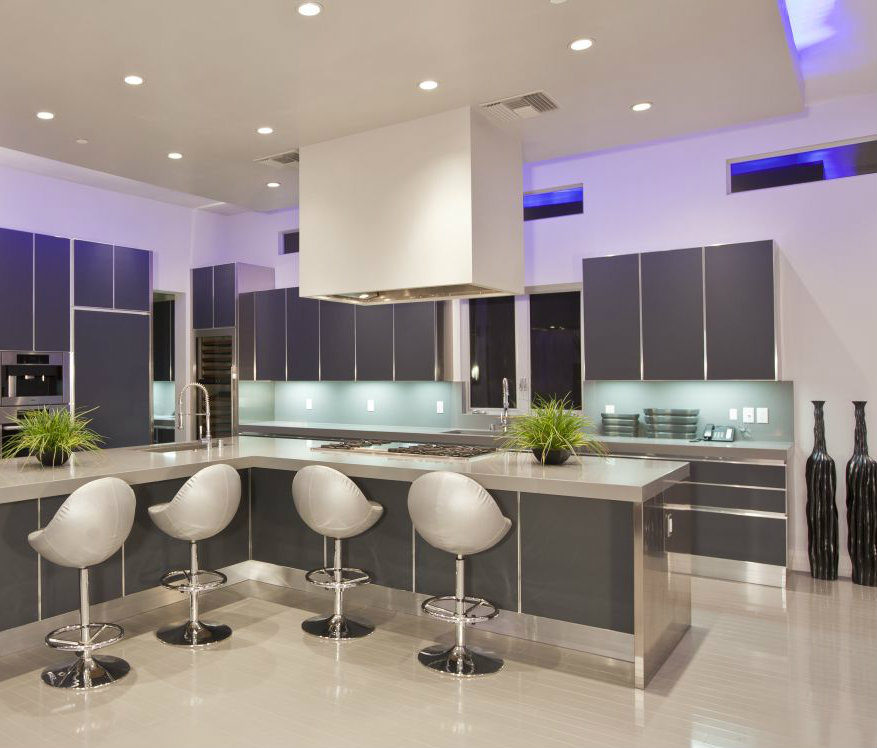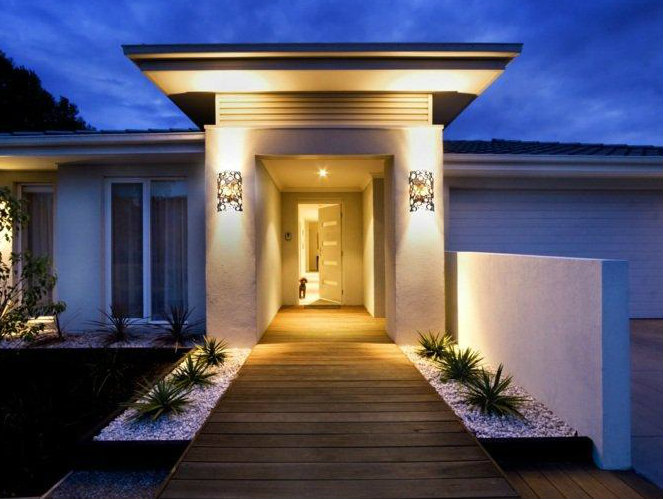Home lighting design tips
Working out a comprehensive lighting design in advance of installing your home’s light fixtures can make all the difference in the world between a warm, welcoming home environment and one that seems alien and ugly. This may seem like quite a daunting task if you are a bit of a novice to this sort of thing, but never fear! Follow our home residential led lighting design tips and you can’t go wrong. Read on to find out more.
Plan, plan, plan
The very first thing to do in designing your home lighting is to make a plan, and this involves understanding the functions of each and every room in the house so that you can install lighting adequate to the activities to be undertaken in that space. Draw up a floor plan of the areas you will be lighting – it may be the entire home – and make sure it is properly scaled with detailed information included such as the position of the door and windows, and also major items of furniture. Make sure you highlight the specific areas where task lighting will be required as well.
The different types of home lighting
 Generally speaking, there are three different layers of home lighting – task, accent, and ambient lighting – and each one is designed to meet a particular need. Task lighting tends to be used for illuminating spaces that require specific sorts of functional lighting – for example, the area surrounding a kitchen bench, the region facing your mirror in your bathroom, the area above your desk or reading area, and inside closets and cupboards.
Generally speaking, there are three different layers of home lighting – task, accent, and ambient lighting – and each one is designed to meet a particular need. Task lighting tends to be used for illuminating spaces that require specific sorts of functional lighting – for example, the area surrounding a kitchen bench, the region facing your mirror in your bathroom, the area above your desk or reading area, and inside closets and cupboards.
Next, we have ambient lighting, which provides overall lighting for a larger area, and is as much about creating a warm, comforting atmosphere as it is about making it possible to perform specific tasks. A softly illuminated ceiling and wall using ambient lighting will create a more welcoming vibe in your home than a set of harsh downlights. Using uplighting that focuses light onto your ceilings than reflects it onto the surfaces below, is probably your best bet for creating ambient lighting effects. Other good options are floor and table lamps, and wall washers. Consider, for example, installing a pendant above a kitchen bench and include both direct and indirect lighting.
The final layer of lighting you will want to use in your home is accent lighting. This form of lighting is about creativity and expression, it allows you to decorate and highlight just those features of your rooms that you have chosen to be their centerpiece. For example, you might want to highlight a certain painting or statue, or some textured furniture or a wall. You may want to use accent lighting to add color to certain features of the room. The possibilities are endless – bring out the artist inside of you with accent lighting.
Set yourself a budget and stick with it
You want to leave yourself enough money to be able to implement your home lighting design precisely to your satisfaction. Don’t blow money on other areas involved in the building of your house so that by the time you get to the lighting there is no cash to spare, or there is only a small amount left so that your home lighting design will suffer. Just as you need to carefully plan your home lighting design in advance, you need to draw up a plan of your finances, create a budget – and stick with it.
Select lights that complement the room
It should go without saying, but you don’t – in most cases at least – want your lighting fixture itself to be the showpiece of the room! Choose lights that fit in with the overall color, theme, and design of the room, and that won’t draw attention away from the features you actually do want to highlight and emphasize.
Don’t use too many lights
It is important that your home is adequately illuminated, but make sure you don’t over-do it! For example, too many downlights will leave areas of your room looking over-lit, whilst the walls and other areas remain shrouded in shadow – not a contrast which it is desirable to have. Meanwhile, installing too many complementary lights – like desk lamps, table lights, and floor lights – will give your room an overly cluttered, crowded look.
Residential lighting – common mistakes
 Again be sure to make a thorough home lighting design plan before you proceed with anything. Many people overlook lighting and don’t give it enough though so that they just end up filling their houses with a bunch of downlights. Though effective at lighting your home, more or less, they do tend to leave you with over-lit spaces and don’t add a lot of creativity or visual interest to your living environment.
Again be sure to make a thorough home lighting design plan before you proceed with anything. Many people overlook lighting and don’t give it enough though so that they just end up filling their houses with a bunch of downlights. Though effective at lighting your home, more or less, they do tend to leave you with over-lit spaces and don’t add a lot of creativity or visual interest to your living environment.
Make sure you plan your finances properly as well when you craft your home lighting design! As we have seen, many people leave their home’s lighting until last, by which time they have run out of money to do anything really creative.
You need to understand the function and layout of each room in the house really thoroughly before you proceed with your home lighting design. Every bit of furniture – including mirrors, and the reflections they create – needs to be considered, as it all effects the type, number and placement of the lights in the room.
Consider also the natural or street lighting to which the interior of your home will be exposed. You don’t want your house to be over-lit with artificial lighting.
Conclusion
There you have it then! As we have seen, there’s a little bit more to lighting your home than just counting the number of rooms, then buying a downlight for each one. Though often overlooked, the lighting in your home has a huge influence on its overall appearance and mood, and on your daily psychological well-being. Hopefully, these easy to follow home lighting design tips will enable you to create a domestic atmosphere that is warm and inviting rather than harsh and alien.



